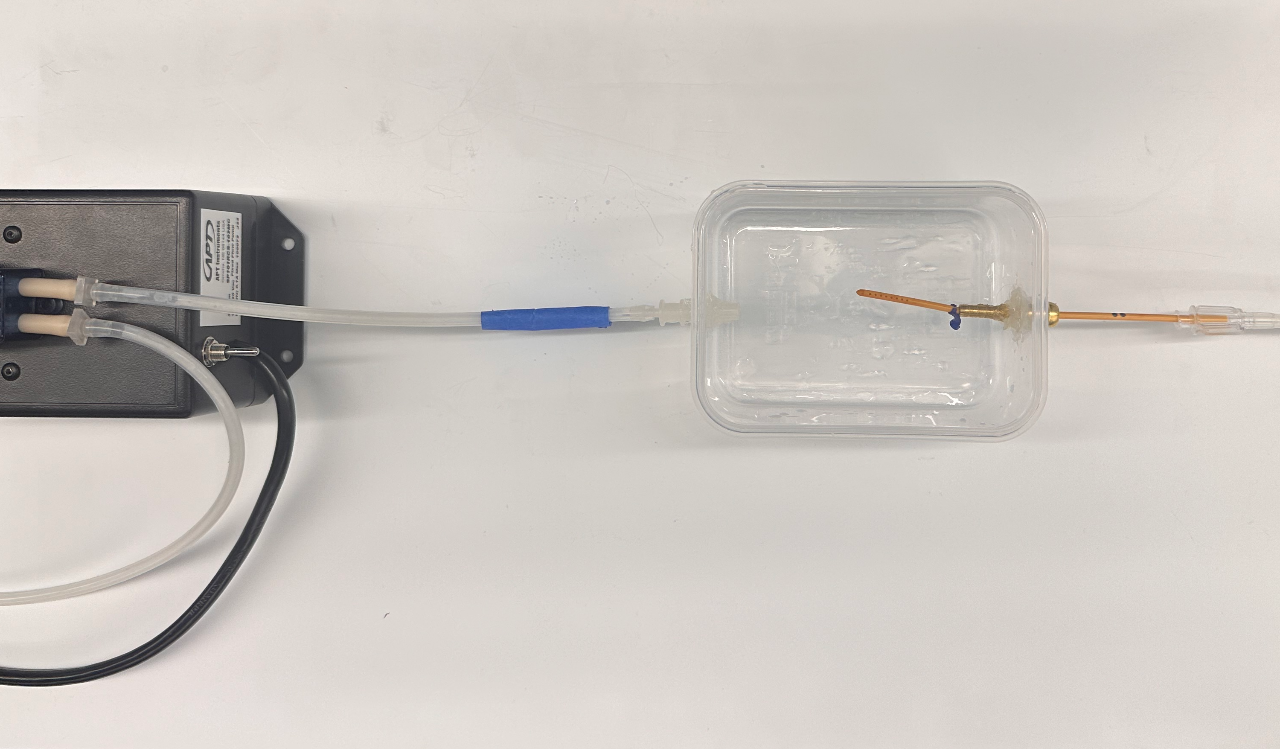CerebroGate: Redesigning the Ventricular Catheter
- Program: Biomedical Engineering
- Course: EN.580.X12 BME Design Team
Project Description:
Hydrocephalus is a condition characterized by accumulation of excess cerebrospinal fluid (CSF) in the brain’s ventricles. The most common treatment method for hydrocephalus is a shunt device with three main components: a ventricular catheter, a shunt valve, and a distal catheter. The issue with shunts is that 98% fail within 10 years, with the largest source of malfunction being ventricular catheter obstruction. Ventricular catheter obstruction can be caused by many different modes, including choroid plexus entanglement, astrocyte growth, blood clots, and protein clots. However, there currently exists no effective, validated model of ventricular catheter obstruction that can incorporate these different modes. Our poster details the development of a ventricular obstruction model for improved catheter testing. Our model accurately replicates physiological fluid flow conditions with inflow and outflow of 0.6 mL/min, incorporating protein and blood obstructions to mimic real-world scenarios.




